
Below is our touch screen kiosk video, which shows the design, features, functions and usage of our product in detail. Please watch it carefully.
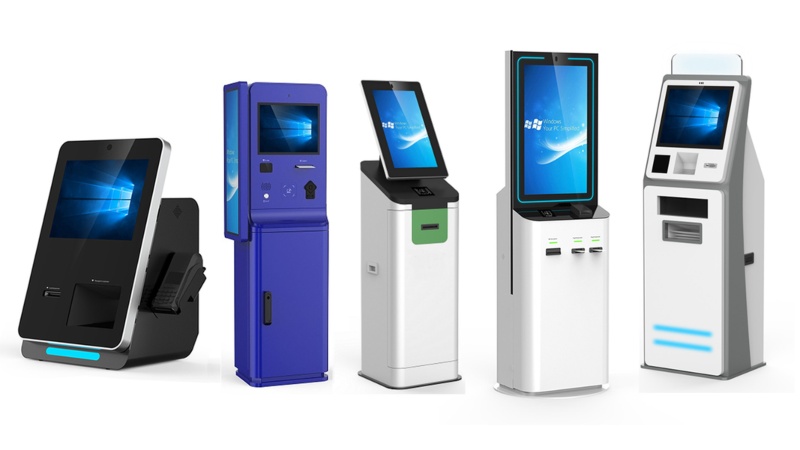
After watching the video of our touch screen kiosk, are you impressed by the exquisite design of our touch screen kiosk and the high performance, stability and durability of the process? Hurry up and place an order. We will provide you with the most professional touch screen kiosk service.
Feature | Details | Physical Design | |
Hardware | Dimensions | Height: 1500mm, Width: 500mm, Depth: 350mm | |
Processor | Intel Core i3-8500 or equivalent | Material | Steel with tempered glass |
Memory | 4GB DDR4 RAM | Security Features | Encrypted transactions, secure card reader |
Storage | 128GB SSD | Additional Features | |
Screen Size | 24-inch touchscreen | Customer Interface | Multilingual support, ADA-compliant |
Touchscreen Type | Capacitive | Mounting Options | Freestanding, wall-mounted |
Payment Methods Supported | EMV chip cards, NFC, cash | Maintenance | Remote monitoring, self-diagnostic tools |
Connectivity | Ethernet, Wi-Fi | After Sales Services | |
Additional Peripherals | Receipt printer, barcode scanner | Warranty | 1-year parts and labor |
Software | Maintenance Services | Bi-annual check-ups | |
Operating System | Windows 10 IoT Enterprise | Technical Support | 24/7 hotline support |
Payment Processing Software | Customizable | Compliance | GDPR, PCI DSS |
| Environmental Conditions | Operating Temperature: 0°C to 40°C | Power Requirements | Input: 110-240V AC, 50-60Hz |
| Network Security | VPN support, firewall | Customization Options | Branding, additional peripherals |
Today, touch screen kiosks are ubiquitous and used in a wide range of industries. In retail, they enable customers to check prices, find products, and place orders. In hospitality, kiosks streamline check-in processes and provide information to guests. Healthcare facilities use kiosks for patient check-in and information dissemination. Government agencies employ them for public services such as bill payment and information access. Additionally, in transportation hubs, touch screen kiosks assist with ticket purchases and provide real-time travel information. The versatility and user-friendly nature of touch screen kiosks continue to drive their adoption in various sectors, enhancing customer experience and operational efficiency.
The history of touch screen kiosks dates back to the 1960s when the first resistive touch screen was invented, initially used in industrial and military applications. By the 1980s, touch screen technology began to penetrate the consumer electronics and commercial sectors. The first commercial self-service kiosks appeared in banks around 1982, allowing customers to perform transactions like withdrawing cash and checking account balances without the need for a teller.
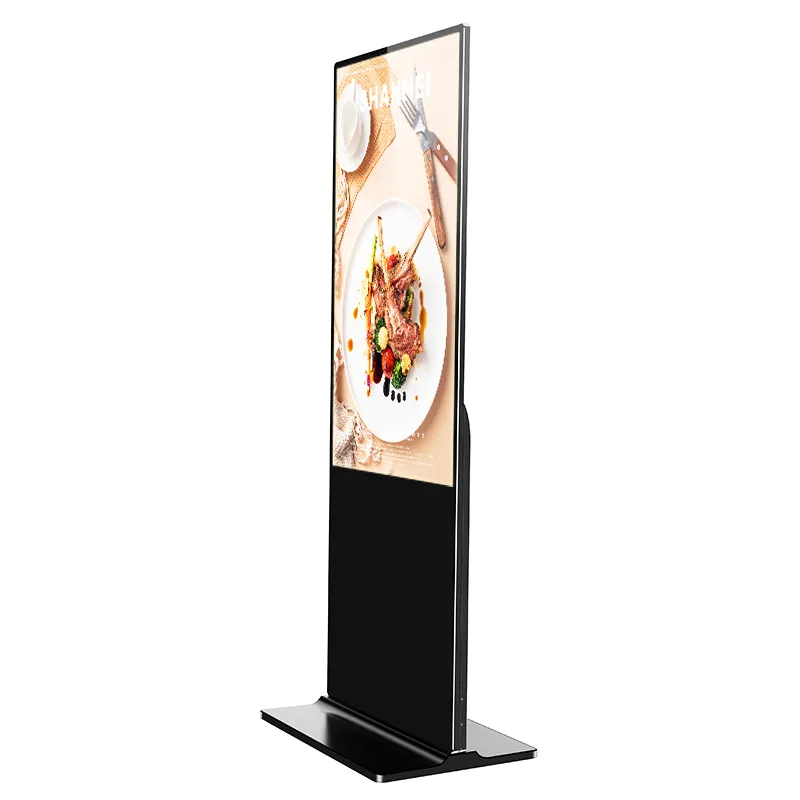
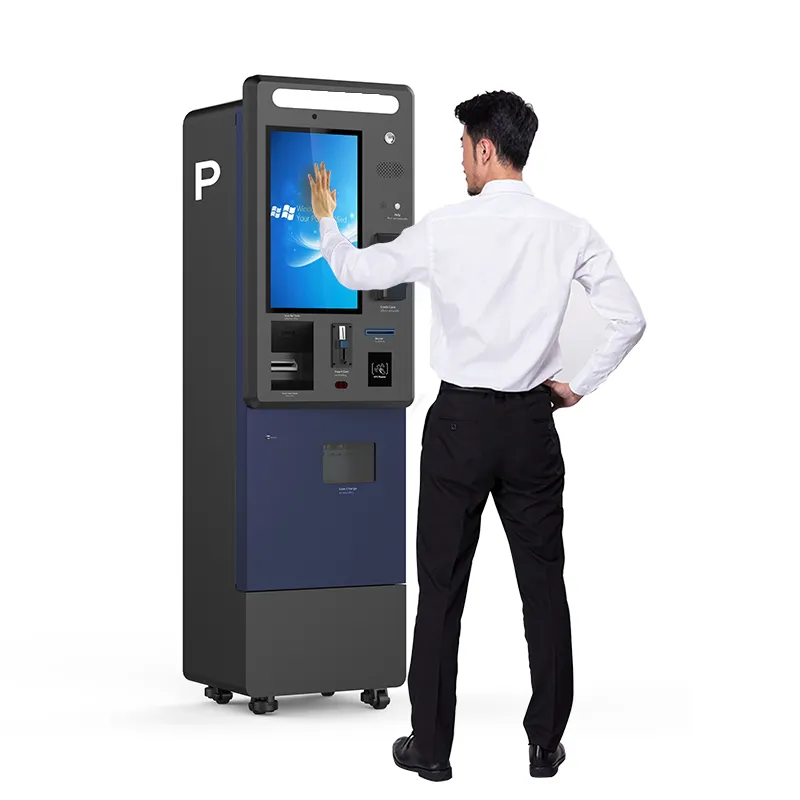
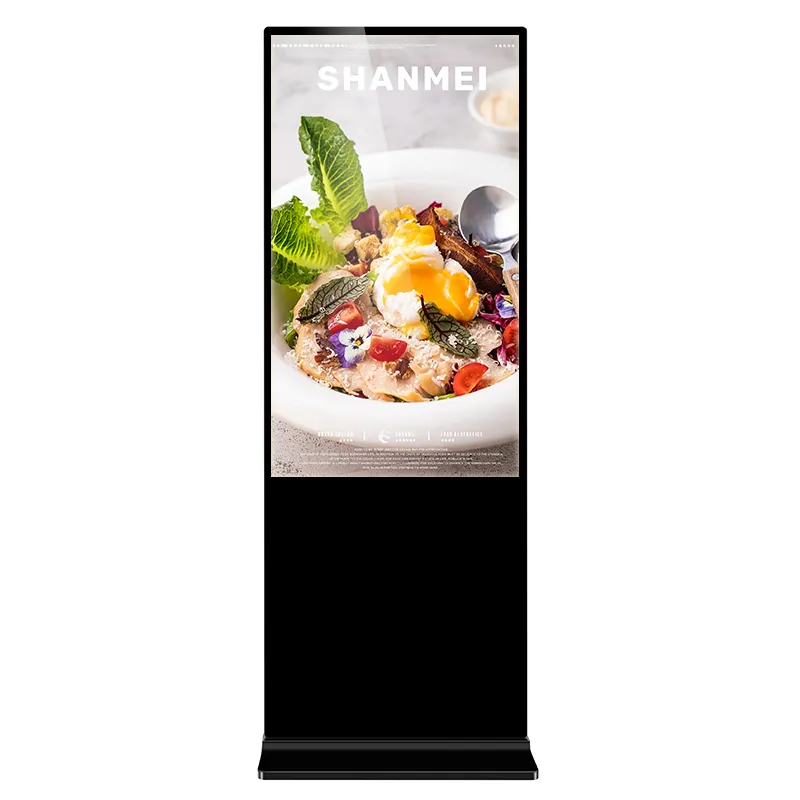
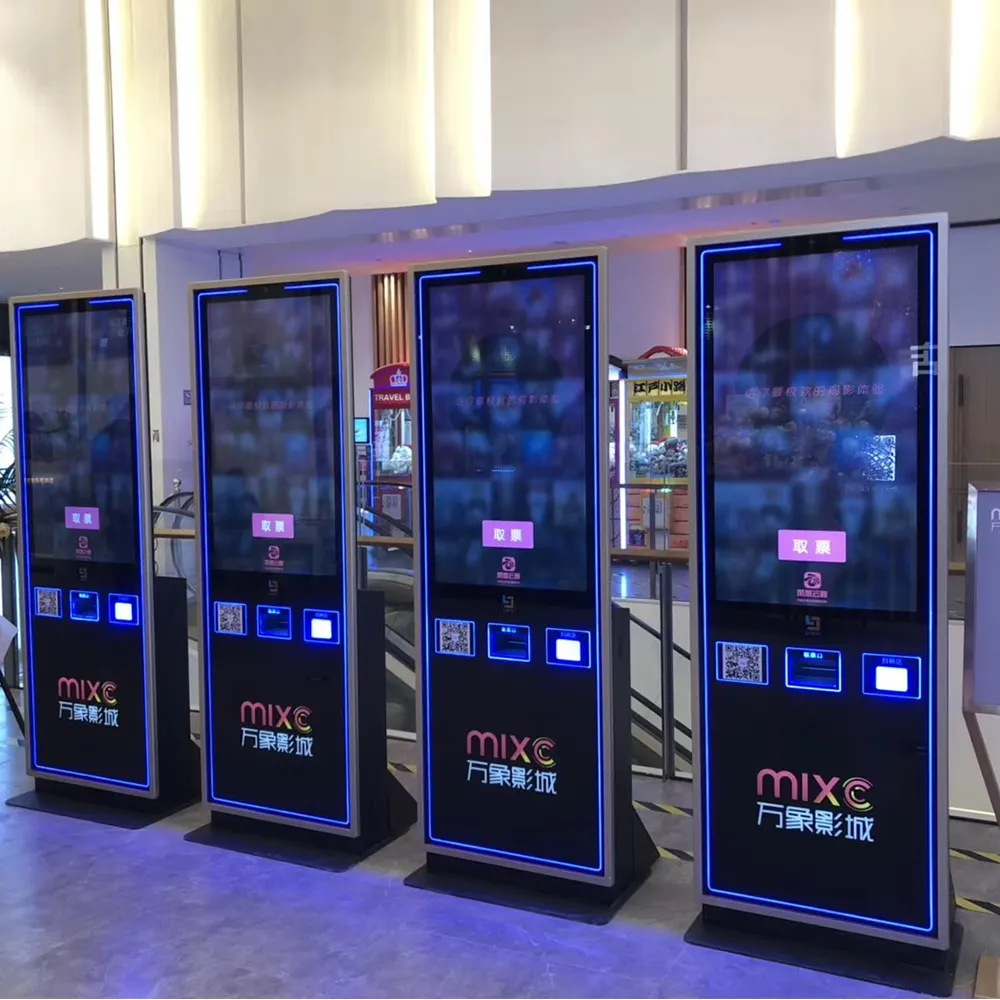
1. Enhanced User Experience: Touch screen kiosks offer intuitive and interactive interfaces, making it easy for users to navigate and access information.
2. Efficiency and Speed: They streamline processes such as check-ins, ticket purchases, and information retrieval, reducing wait times and improving service speed.
3. Cost Savings: By automating tasks that would otherwise require staff, touch screen kiosks help businesses reduce labor costs.
4. Increased Accuracy: Kiosks minimize human error by standardizing processes and ensuring consistent information is provided.
5. 24/7 Availability: They provide services round-the-clock, ensuring users can access information and services at any time.
6. Enhanced Data Collection: Touch screen kiosks can gather valuable user data and feedback, helping businesses understand customer needs and preferences better.
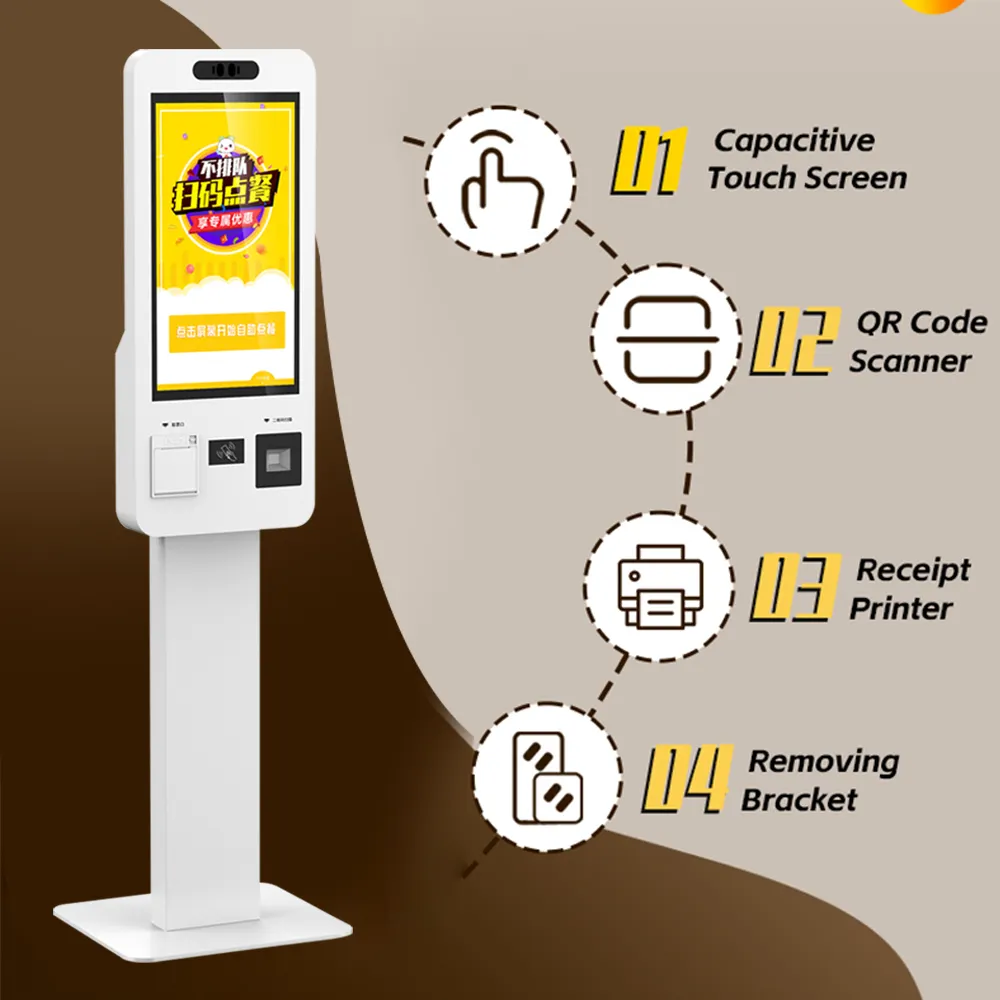
A touch screen kiosk combines hardware and software for an interactive user experience. Key components include a touch-sensitive display, a computer unit, and peripherals like printers and card readers. When users touch the screen, the sensor detects the input and the software processes commands to guide users through tasks like check-ins, orders, or payments.
Kiosks connect to backend systems for real-time data, enabling inventory checks and payment processing. This ensures updated information and efficient service. For businesses, touch screen kiosks automate tasks, reduce staff workload, and offer 24/7 service. They also gather data on user interactions, helping improve services and understand customer preferences.
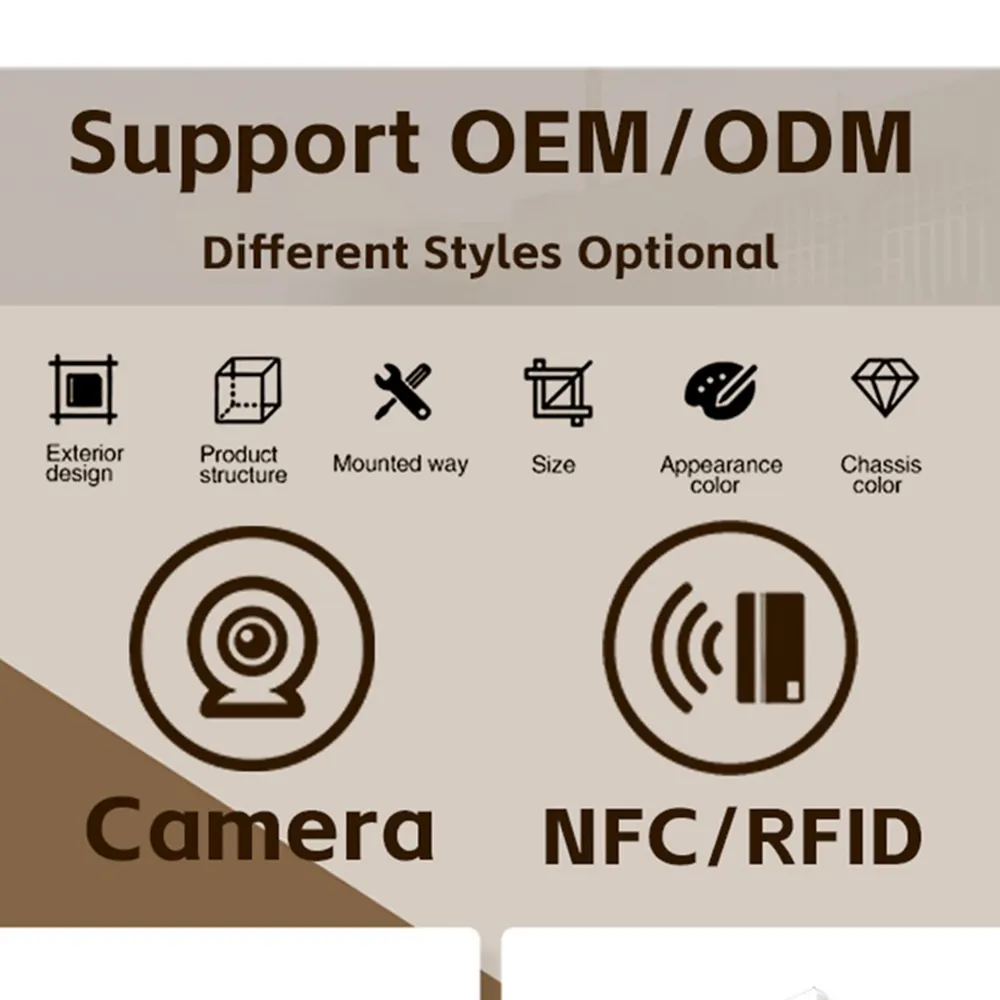
1.Display Size and Resolution: Customers often prioritize choosing the appropriate screen size and resolution to ensure optimal visibility and user interaction.
2.Branding and Aesthetics: Customizable enclosures, colors, and branding options help align the kiosk's appearance with the company’s brand identity and décor.
3.Software Integration: The ability to integrate with existing systems, such as POS, CRM, and inventory management, is crucial for seamless operations.
4.Peripheral Devices: Options to include peripherals like receipt printers, barcode scanners, card readers, and cameras are important for expanding kiosk functionality.
5.User Interface Design: Customizable interfaces and user experiences tailored to specific business needs and user demographics enhance usability and engagement.
6.Security Features: Enhanced security options, such as encrypted data transmission, secure access controls, and physical security locks, are critical for protecting sensitive information and the kiosk itself.
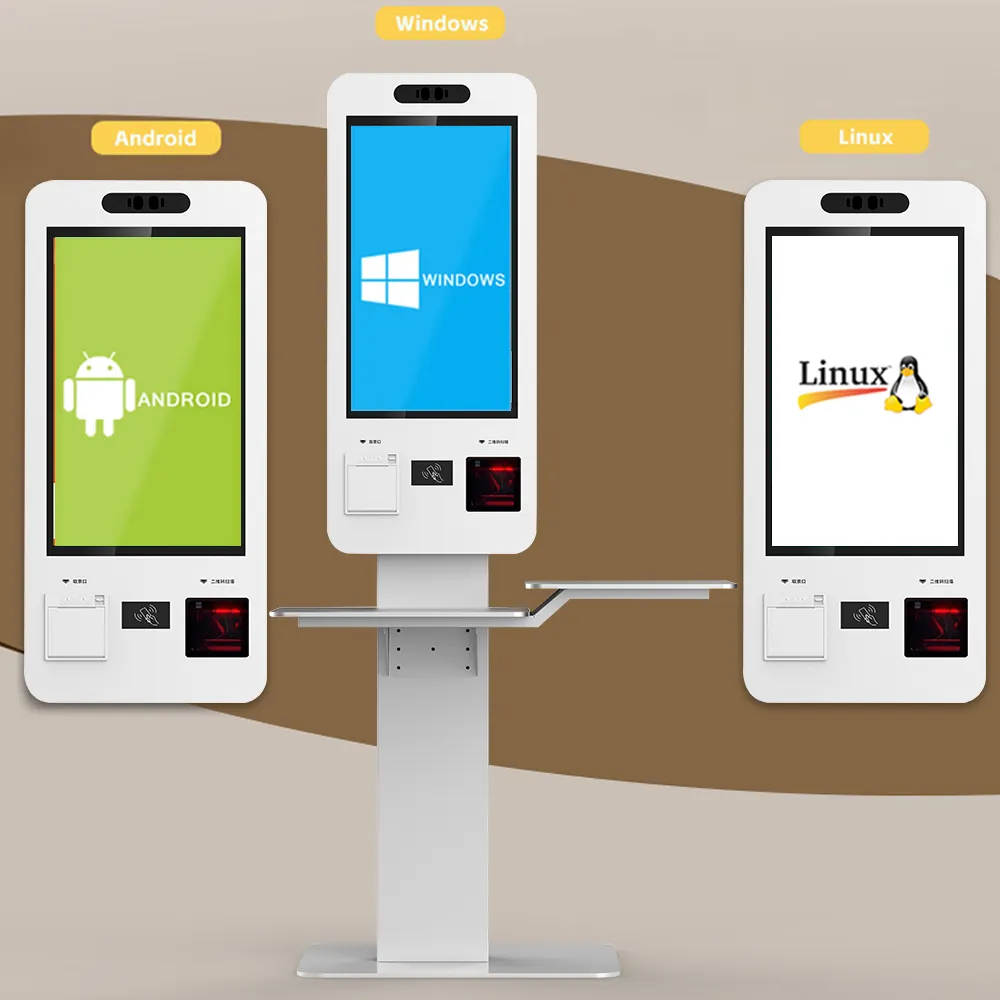
1. Cost and Budget: The initial purchase price, along with ongoing maintenance and support costs, significantly impacts the decision-making process.
2. Functionality and Features: The specific features and capabilities of the kiosk, such as payment processing, printing, scanning, and connectivity options, must meet the business's operational needs.
3. Ease of Use: An intuitive interface and user-friendly design are crucial for ensuring that both customers and employees can efficiently interact with the kiosk.
4. Reliability and Durability: The kiosk's build quality, durability, and resistance to wear and tear, especially in high-traffic areas, are important for long-term investment.
5. Customization and Scalability: The ability to customize the kiosk to fit specific business requirements and the potential for future upgrades or expansions influence purchasing decisions.
6. Technical Support and Warranty: The availability of reliable technical support, comprehensive warranty options, and prompt after-sales service are essential for minimizing downtime and ensuring smooth operation.
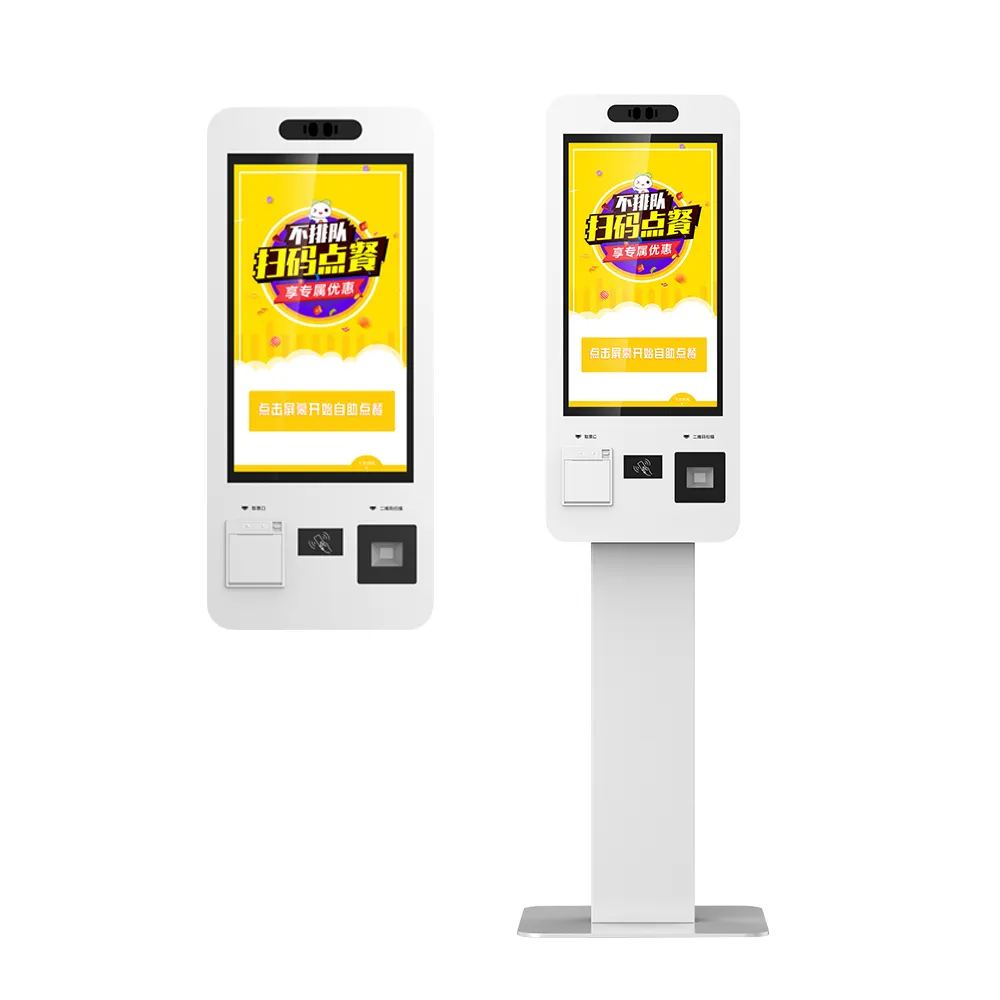
Choosing us as your touch screen kiosk manufacturer ensures top-quality products, exceptional customer service, and comprehensive customization options. Our kiosks are built with the latest technology, offering durability and reliability. We provide tailored solutions to meet your specific business needs and support seamless integration with existing systems. Our dedicated after-sales service ensures prompt assistance and maintenance, minimizing downtime and maximizing your investment.
1. Initial Consultation: Contact us via phone, email, or our website to discuss your business needs and kiosk requirements.
2. Needs Assessment: We will conduct a thorough assessment of your needs, including desired features, customization options, and budget considerations.
3. Proposal and Quotation: Based on the assessment, we will provide a detailed proposal and quotation outlining the specifications, costs, and timeline.
4. Design and Approval: Our design team will create a customized design for your kiosk. Review the design and provide feedback for any adjustments. Approve the final design to proceed.
5. Production and Testing: Once the design is approved, we begin production. Each kiosk undergoes rigorous testing to ensure it meets our quality standards.
6. Delivery and Installation: After production, we arrange for the delivery and installation of the kiosks at your location. Our team will ensure proper setup and functionality.
7. Training and Support: We provide training for your staff on how to use and maintain the kiosks. Ongoing technical support and maintenance services are available to address any issues.
By following these steps, you can seamlessly integrate our high-quality touch screen kiosks into your business operations.
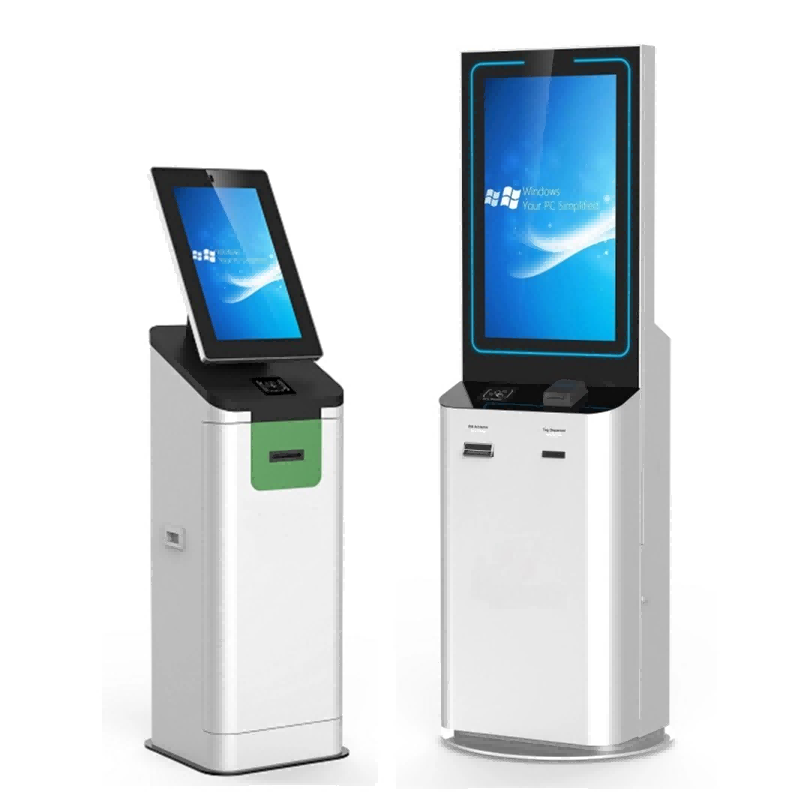
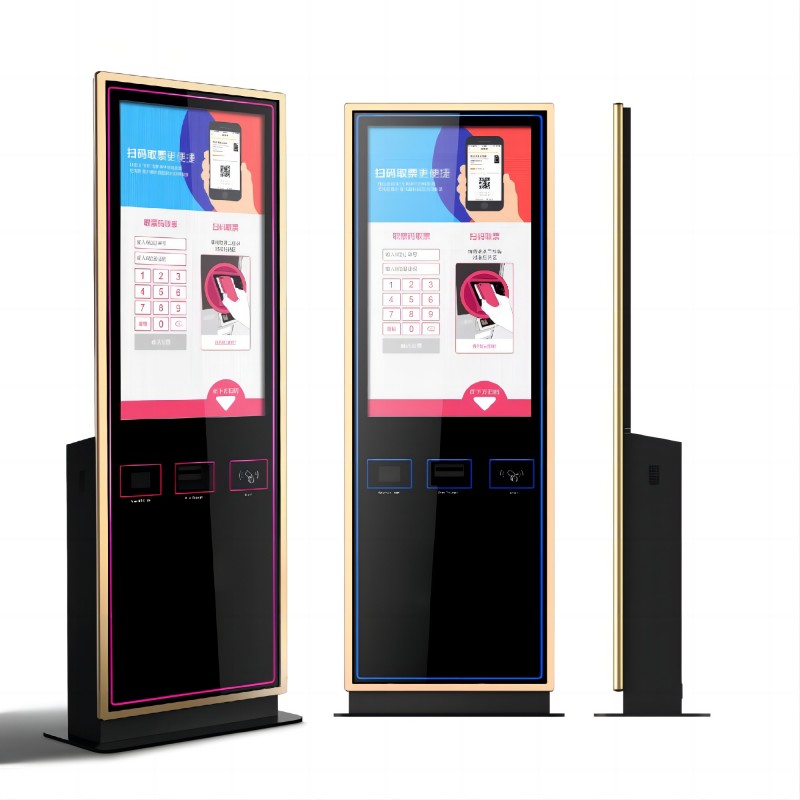
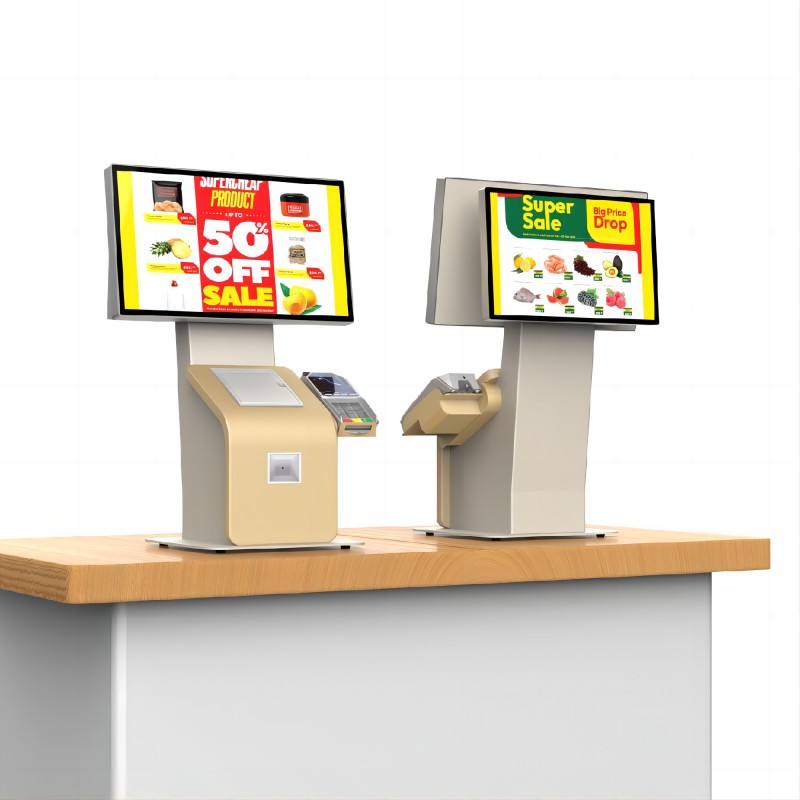
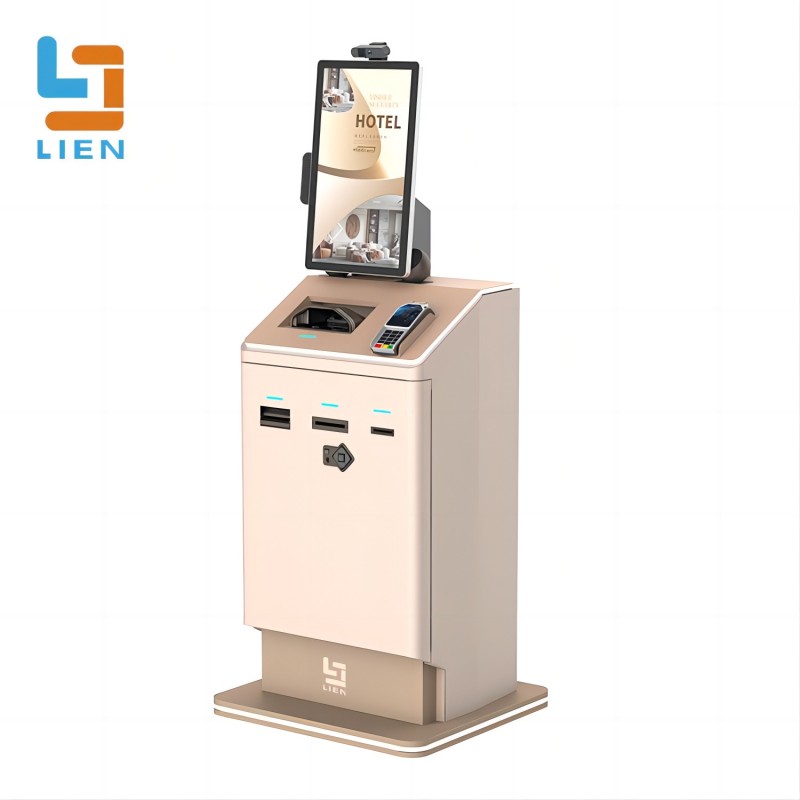
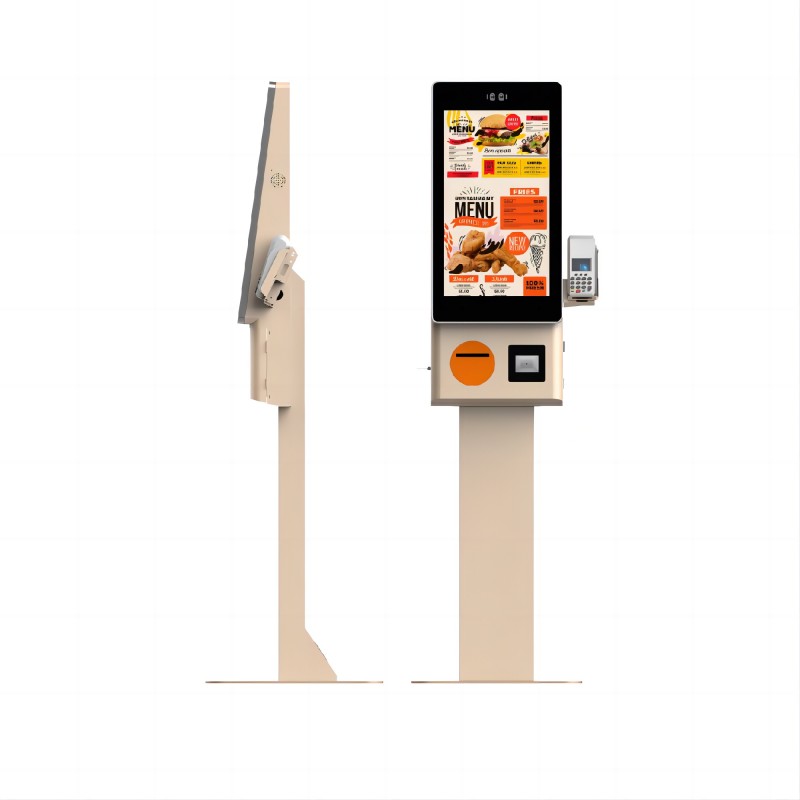
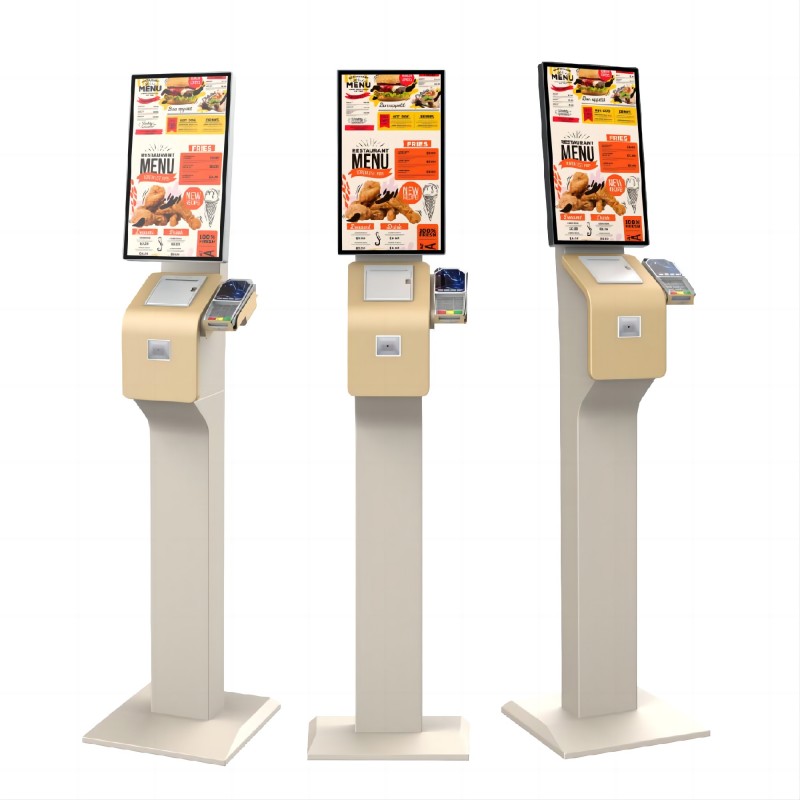
What did our happy clients say?
User-Friendly Interface: The touch screen kiosk has an incredibly user-friendly interface, making it easy for our customers to navigate. We are very satisfied with this purchase. Thank you!
Customizable Features: The ability to customize the touch screen kiosk to fit our brand and needs has been a game-changer for us. Excellent product and service. We appreciate your support!
Durability and Reliability: Our touch screen kiosks have withstood high traffic and constant use without any issues. The durability and reliability are outstanding. We're very grateful for this high-quality product!
Seamless Integration: Integrating the touch screen kiosk with our existing systems was smooth and hassle-free. The efficiency it brought to our operations is impressive. Thank you for the excellent solution!